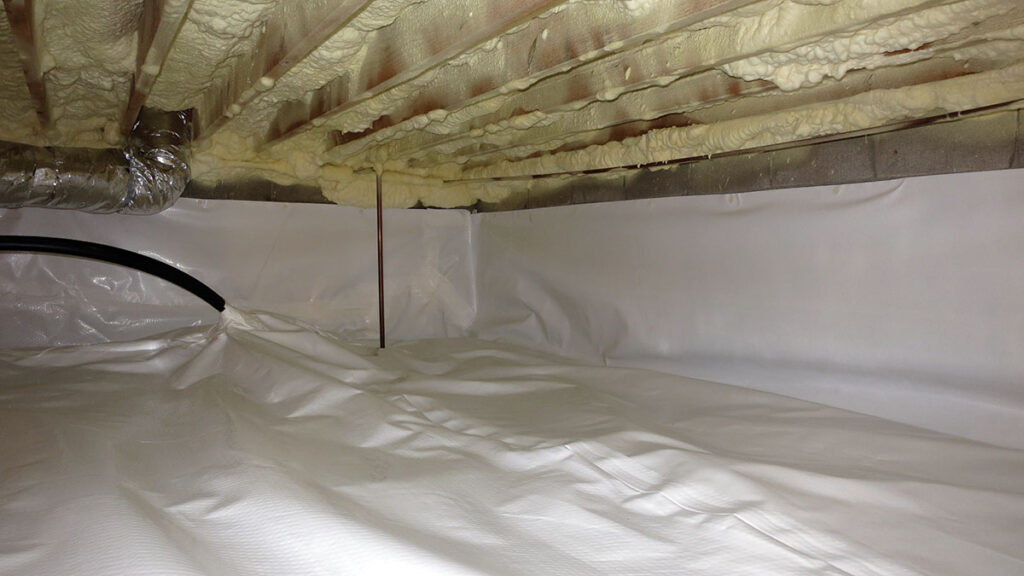 Let’s face it, safety education is kind of boring. But every once in a while it might just save a life. That is when it becomes real and isn’t boring at all.
Let’s face it, safety education is kind of boring. But every once in a while it might just save a life. That is when it becomes real and isn’t boring at all.
Carla Bradbury, service representative for Coles-Moultrie Electric Cooperative, Mattoon, Ill., didn’t know it but the safety meeting she sat through the previous week was going to be a lifesaver a few days later.
The co-op’s office employees, plus employees from Consolidated Communications, were entertained and educated by Steve Hancock, vice president of electric distribution for Corn Belt Energy, Bloomington, Ill. Hancock runs a safety training program called Live Line Demo. He travels the state educating school children, first responders, and co-op employees and members, with exploding fuses, arcing balloons and smoking hot dogs electrocuted by a scaled down version of a three-phase power line, and all the equipment that might be attached to one.
When Bradbury got a call from co-op member Nick Grooms, she remembered the advice Hancock gave to always stay in the vehicle after an accident involving a pole and overhead conductor. Grooms, calling from his cell phone, had just snapped a pole with his combine while harvesting corn. This was potentially a deadly situation, but both Bradbury and Grooms remained calm.
“He gave his location and I told him to stay put and not get off the combine,” says Bradbury.
The pole was on a corner and had a guy wire. “It happened very quickly,” says Grooms. “I knew the pole was there and I was trying to avoid it. I could see it in my mirror, but I forgot about the guy wire. It got wrapped up in the spreader and I didn’t know anything was wrong until I heard a loud snap when the pole broke off.”
No outages had been reported from the area because the conductor was still hot. Bradbury says, “Nick is the new Jonathan Creek Road Commissioner and has farmed that location many times. He said he could see a line touching the auger. He used his two-way radio to talk with the person helping him that day to warn them, and they stayed out by the road to tell anyone who stopped to stay back. Rural people tend to stop and try to help, and in a situation like this they could easily have been hurt. We treat all lines as hot, and this was a prime example of a situation that could have gone very wrong.”
There was an orange guy guard on the wire to make it more visible. “But Nick was concentrating on the pole in his rearview mirror,” says Bradbury. “This could have happened to any of us. Everyone these days is multitasking and trying to do several things at once. It’s so easy to take safety for granted. I’m glad Nick remained calm and I had the training so I knew what to say to him. Steve really did a great job with the Live Line Demo. I had heard parts of it before during our annual meeting, but it was great to hear the entire program. He does a really good job of explaining things and making it real.”
John Lowrey, vice president of communications for the Association of Illinois Electric Cooperative, and an advisory board member for Safe Electricity (safeelectricity.org) says real survivor stories like this are easier to talk about than the tragedies that don’t end as well. He says, “We all take safety for granted and think it will never happen to us, but a real story like this near miss can make a difference. We shouldn’t be afraid to admit to a near miss. We all need to share these types of experiences with others. It is part of the Safe Electricity message to teach what you know, learn what you need to and care enough to share it.”
Farming and utility work are two of the most dangerous occupations. “That’s why we run safety stories in our member magazine every month,” says Lowrey. “It is a standard. Last month the headline for the safety column happened to be ‘Don’t sacrifice safety for speed during harvest.’ I know people tend to read the recipes in our magazine and not the safety columns, but safety education is the co-op way, it’s one of our core messages and part of the recipe for keeping our employees and members safe. I’m glad Nick is still with us and able to share his story.”








